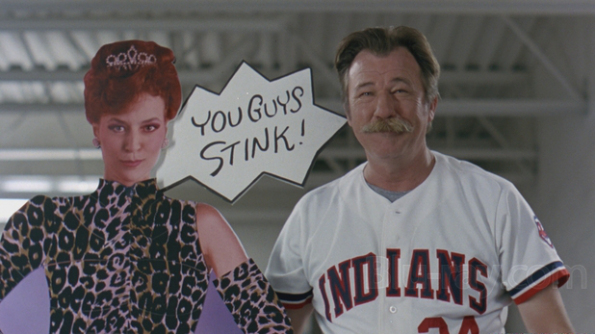
 Seems like the media just doesn’t know what to do with Cleveland. Just when they think they have the city down for good – mired in national irrelevancy forever along with its rust-belt economy and its haven’t-won-a-championship-in-50-years pro sports teams – Cleveland ups and does something unexpected and unscripted like win the 2016 Republican National Convention.
Seems like the media just doesn’t know what to do with Cleveland. Just when they think they have the city down for good – mired in national irrelevancy forever along with its rust-belt economy and its haven’t-won-a-championship-in-50-years pro sports teams – Cleveland ups and does something unexpected and unscripted like win the 2016 Republican National Convention.
So naturally this calls for a smackdown, some “thou art dust and unto dust thou shall return” media moralizing.
“GOP convention host Cleveland tries to shake ‘Mistake on the Lake’ stereotype” – Washington Post
“’Mistake by the Lake’ Seeks Political Redemption” – ABC News
“Dallas loses 2016 GOP convention to the ‘mistake by the lake,’ Cleveland” – Houston Chronicle
“Mistake by the lake”? We haven’t heard this much snarkiness since Tracy Flick ran for student council.
I’ve written before about the reflexively negative master narrative the media has developed about so-called “rust belt” cities, and frequently in the face of conflicting or even flat-out contradictory evidence. Cleveland landing a national political convention isn’t really a positive development by the media’s lights – it’s just an opportunity to remind you that 40 years ago someone started calling the city (actually Cleveland Stadium, which was razed nearly 20 years ago) “the mistake on the lake.”
Just as the Cleveland Browns’ drafting of Johnny Manziel is an opportunity to remind you that Cleveland last won a major sports championship 50 years ago.
Just as rumors that LeBron James may return to Ohio is just an opportunity to remind you that James threw sand in Cleveland’s face four years ago when he “took his talents to South Beach.”
“In Cleveland, winning comes with a price” – ESPN
Yes it does. Ashes to ash, dust to dust. Thou art mortal, Cleveland.
Judging a city by the quality of its populace is one thing; judging it by the performance of its transient professional athletes is quite another.
I’m in the midst of writing a book about the Cleveland Rams team that won the 1945 NFL Championship just before owner Dan Reeves moved it to L.A. (You didn’t know that? Wow, I’m surprised.) One of the sub-themes is: Who ultimately owns a pro sports team, its fans or its owners? Who ultimately decides who will run a team, who it will employ, where it will play? For a clue, let’s hear it once more from ESPN:
The blame for most team relocations lies with the owner and the facility it plays in, not with the city and the fans who supported them. – ESPN
Yep. Viewing sports fandom in that light, you can’t blame really this response from an enlightened Clevelander:
“Ooh ESPN, tell me more about my feelings as a Cleveland fan. You seem so in tune with all things Cleveland as has been the case for, what, the past thirty years. My hopes and dreams truly fall on the shoulders of dipshit professional athletes. Lol.”
Brethren and sistren of the media: Are you with us? It is time for you to put away childish things.





